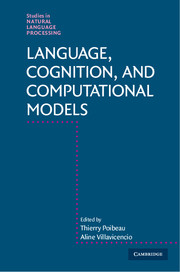
- Cited by 1
-
Cited byCrossref Citations
This Book has been cited by the following publications. This list is generated based on data provided by Crossref.
Maggi, Ludovica and Bordes, Sarah 2022. Intelligences en jeu. FORUM. Revue internationale d’interprétation et de traduction / International Journal of Interpretation and Translation, Vol. 20, Issue. 2, p. 177.
- Publisher:
- Cambridge University Press
- Online publication date:
- November 2017
- Print publication year:
- 2018
- Online ISBN:
- 9781316676974




